Choosing between Bologna and Florence for your Italian getaway can be tough. These two cities offer unique experiences that will charm any traveler.
Bologna shines with its rich food culture and red-brick beauty. Florence dazzles with Renaissance art and stunning architecture.
Both cities have much to offer, but Florence tends to be more popular with tourists, while Bologna offers a more authentic Italian experience.
I’ve spent time in both places and can tell you they each have a special vibe. Florence is packed with world-famous museums and iconic sights like the Duomo.
Bologna has a cozier feel with its porticoed streets and lively university scene. The food in Bologna is out of this world – we’re talking fresh pasta, cured meats, and creamy gelato. Florence has its share of culinary delights and some of the best art museums in Europe.
Your choice might depend on what you want most from your trip. If you’re looking for Renaissance masterpieces and postcard-perfect views, Florence could be your pick.
Want to dive into Italian food culture and explore a less touristy city? Bologna might be the way to go. No matter your choice, you’re in for an amazing Italian adventure.
Key Takeaways
- Florence offers iconic art and architecture, while Bologna excels in food and authenticity.
- Bologna tends to be less crowded and more budget-friendly than Florence.
- Both cities provide easy access to day trips in the surrounding regions.
Historical Overview
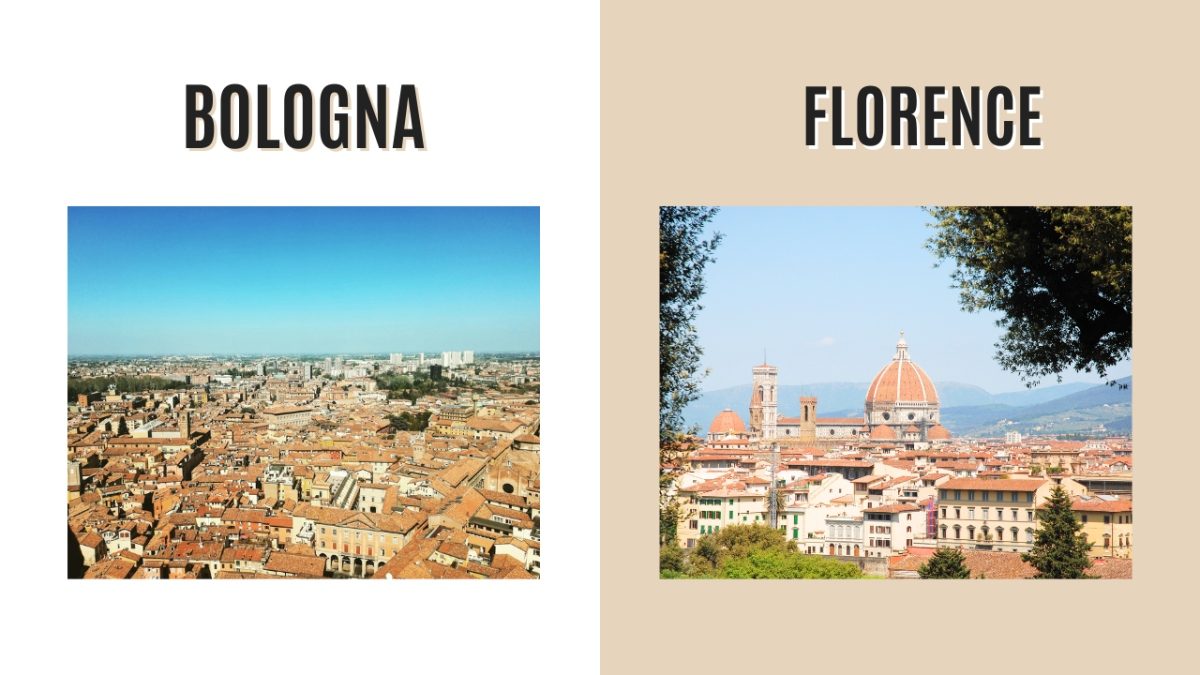
Bologna and Florence both boast rich histories spanning centuries. These two Italian gems have played pivotal roles in shaping art, culture, and education in Europe.
Rich Past of Bologna
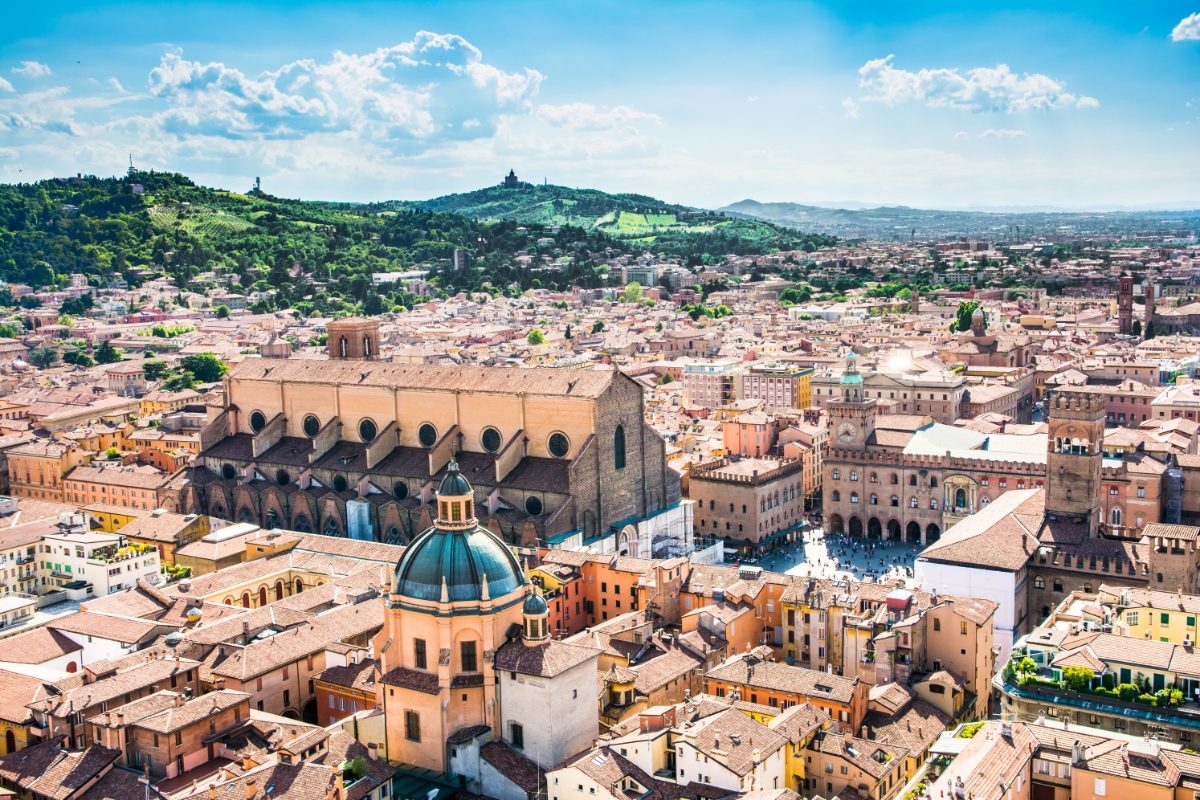
Bologna’s history stretches back over 3,000 years. The Etruscans founded the city, which later became an important Roman settlement. In the Middle Ages, Bologna gained fame for its university, which was established in 1088—the oldest in the Western world.
The city earned the nickname “La Dotta” (The Learned) for its academic prowess. Bologna’s iconic porticoes, built in the 12th century, symbolized the city’s unique architecture. These covered walkways stretch for nearly 40 kilometers throughout the historic center.
In 2021, UNESCO recognized Bologna’s porticoes as a World Heritage Site. The city’s medieval towers, once numbering over 100, still dot the skyline. Only 22 remain today, with the famous Two Towers as Bologna’s most recognizable landmark.
Florence: The Cradle of Renaissance

Florence’s golden age began in the 14th century, ushering in the Renaissance. The city became a hub of art, literature, and scientific innovation. The Medici family played a crucial role in Florence’s rise to prominence.
Under Medici patronage, artists like Michelangelo, Leonardo da Vinci, and Botticelli created masterpieces that still draw millions of visitors annually. The Florence Cathedral, with its iconic dome designed by Brunelleschi, dominates the city’s skyline.
The Uffizi Gallery, once the Medici offices, now houses one of the world’s finest art collections. Ponte Vecchio, the city’s oldest bridge, has spanned the Arno River since 1345. Florence’s historic center was declared a UNESCO World Heritage Site in 1982, preserving its Renaissance splendor for future generations.
Iconic Art and Architecture
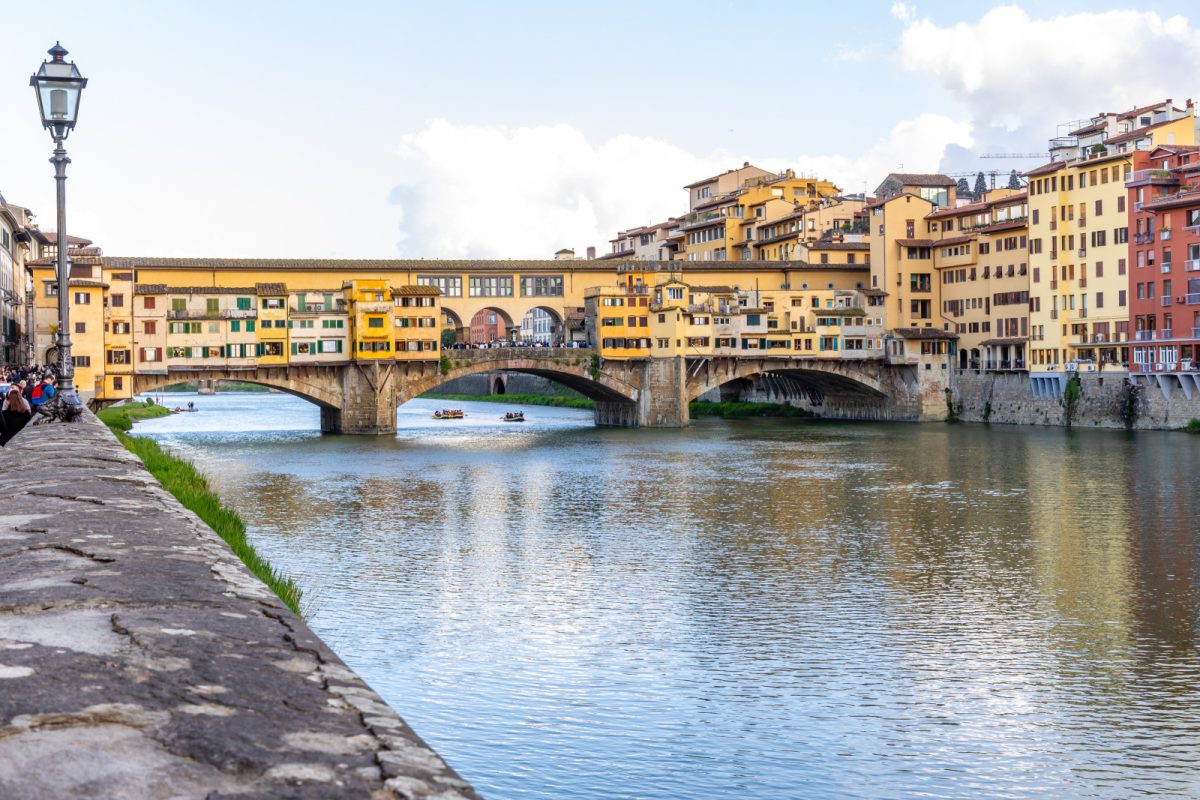
Bologna and Florence are treasure troves of artistic and architectural wonders. Both cities boast stunning landmarks that showcase Italy’s rich cultural heritage.
Architectural Marvels of Bologna
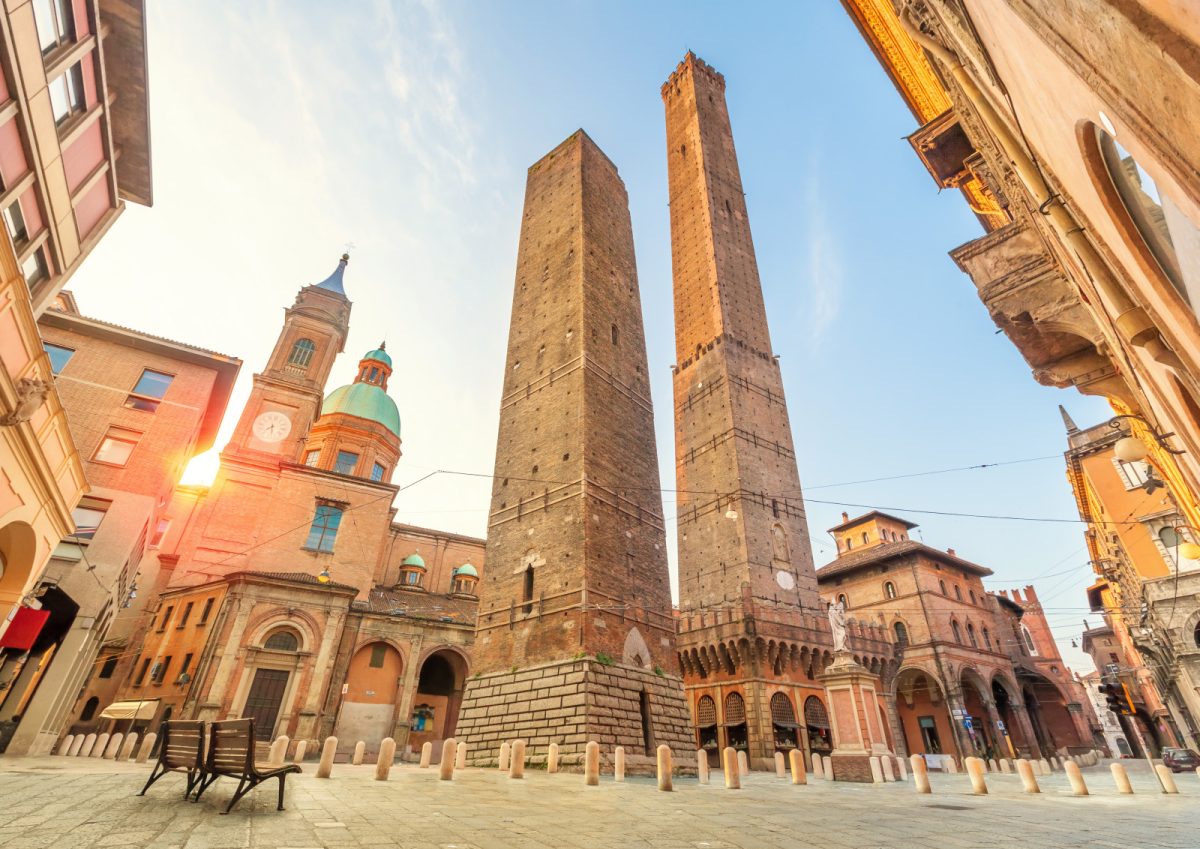
Bologna’s skyline is dotted with medieval towers and elegant porticoes. The Two Towers, Asinelli and Garisenda, are the city’s most famous landmarks. Standing at 97 meters, Asinelli Tower offers breathtaking city views for those brave enough to climb its 498 steps.
Piazza Maggiore, the heart of Bologna, is home to the massive Basilica di San Petronio. This Gothic church is the 10th largest in the world. Its unfinished facade tells a story of grand ambitions and political rivalries.
The city’s signature porticoes stretch for nearly 40 kilometers. These covered walkways, some dating back to the 11th century, are a UNESCO World Heritage site. They protect pedestrians from rain and sun while adding charm to Bologna’s streets.
Florentine Artistic Legacy
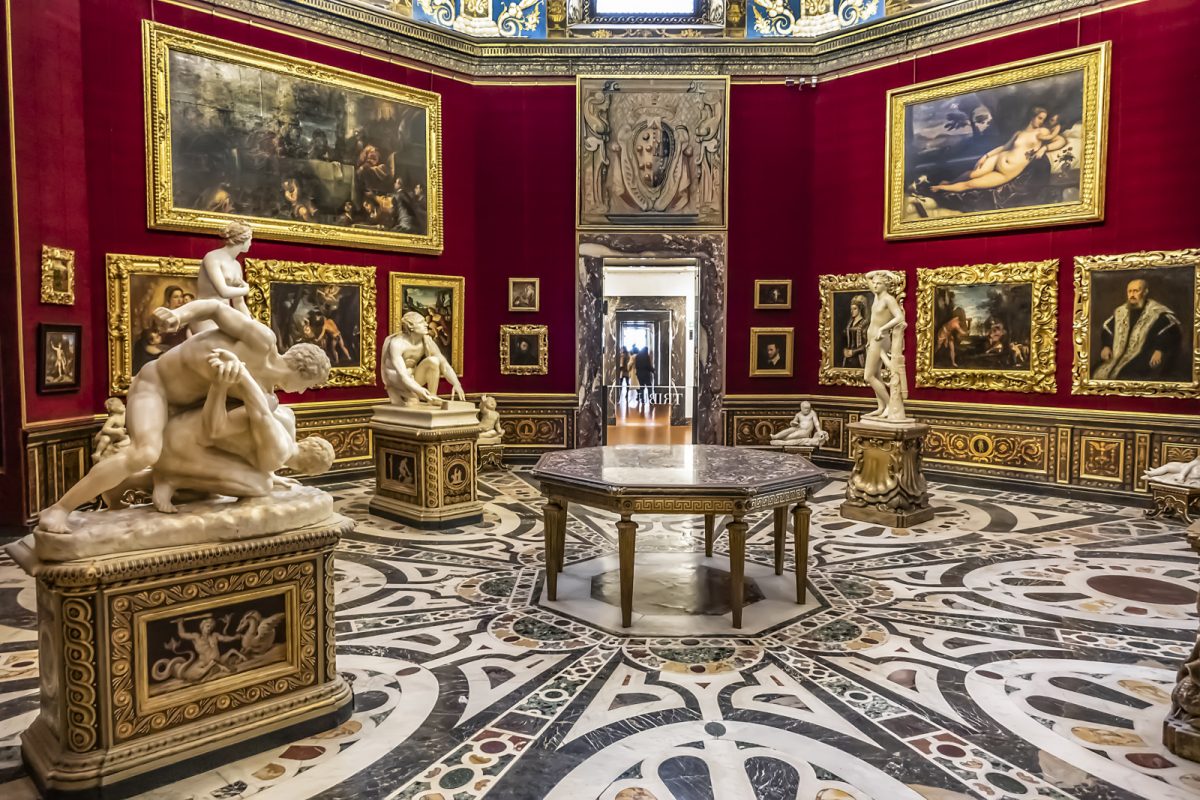
Florence is synonymous with Renaissance art. The Uffizi Gallery houses masterpieces by Botticelli, Da Vinci, and Michelangelo. Visitors can see Botticelli’s “Birth of Venus” and Da Vinci’s “Annunciation” up close.
The city’s crown jewel is the Duomo, with its massive dome designed by Brunelleschi. Climbing to the top rewards visitors with panoramic views of Florence. The nearby Baptistery boasts Ghiberti’s famous bronze doors, dubbed the “Gates of Paradise” by Michelangelo.
Ponte Vecchio is the oldest bridge in Florence. It is lined with jewelry shops.
Its unique design survived World War II bombings. The bridge offers stunning views of the Arno River, especially at sunset.
Once home to the powerful Medici family, Palazzo Vecchio now serves as Florence’s town hall. Its museum showcases Renaissance art and architecture, including Michelangelo’s “Genius of Victory” sculpture.
See Related: Sustainable Travel in Italy: Eco-Friendly Destinations and Tips
Culinary Delights and Gastronomy
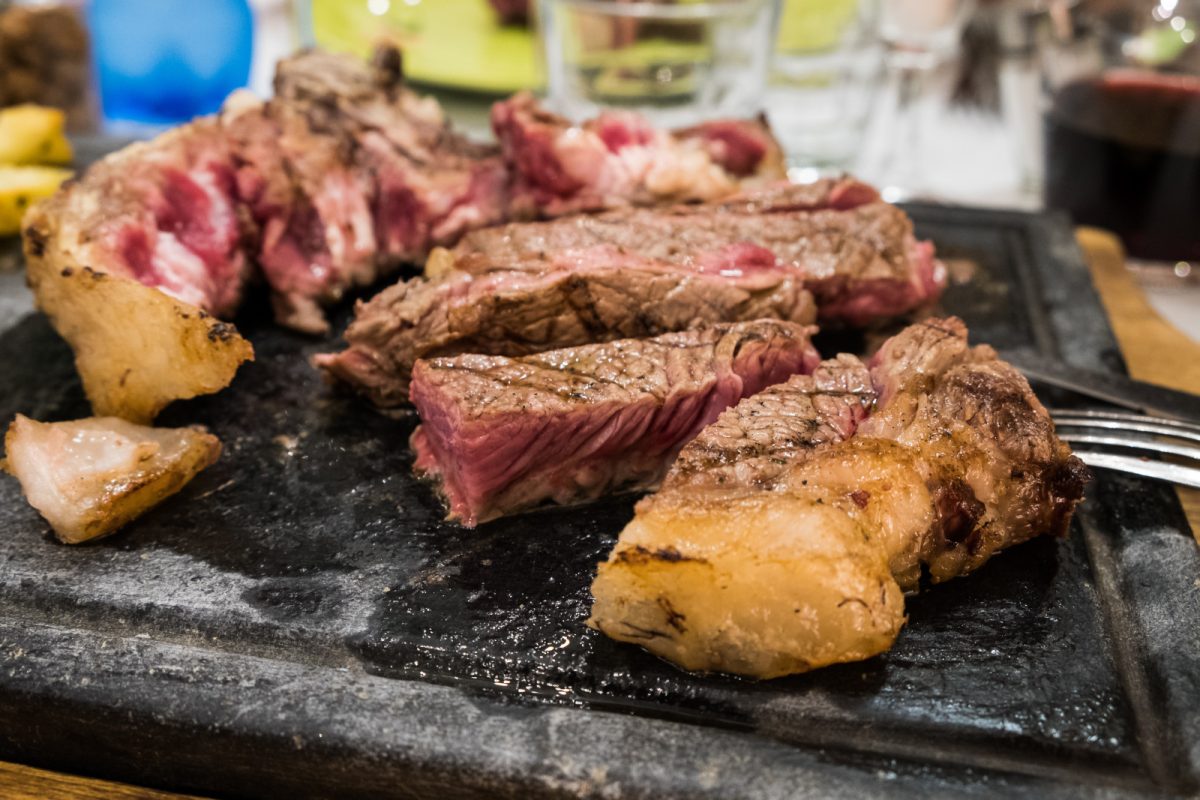
Bologna and Florence offer mouthwatering food experiences that showcase the best Italian cuisine. Each city has unique flavors and specialties reflecting local culture and traditions.
Bologna: La Grassa’s Cuisine
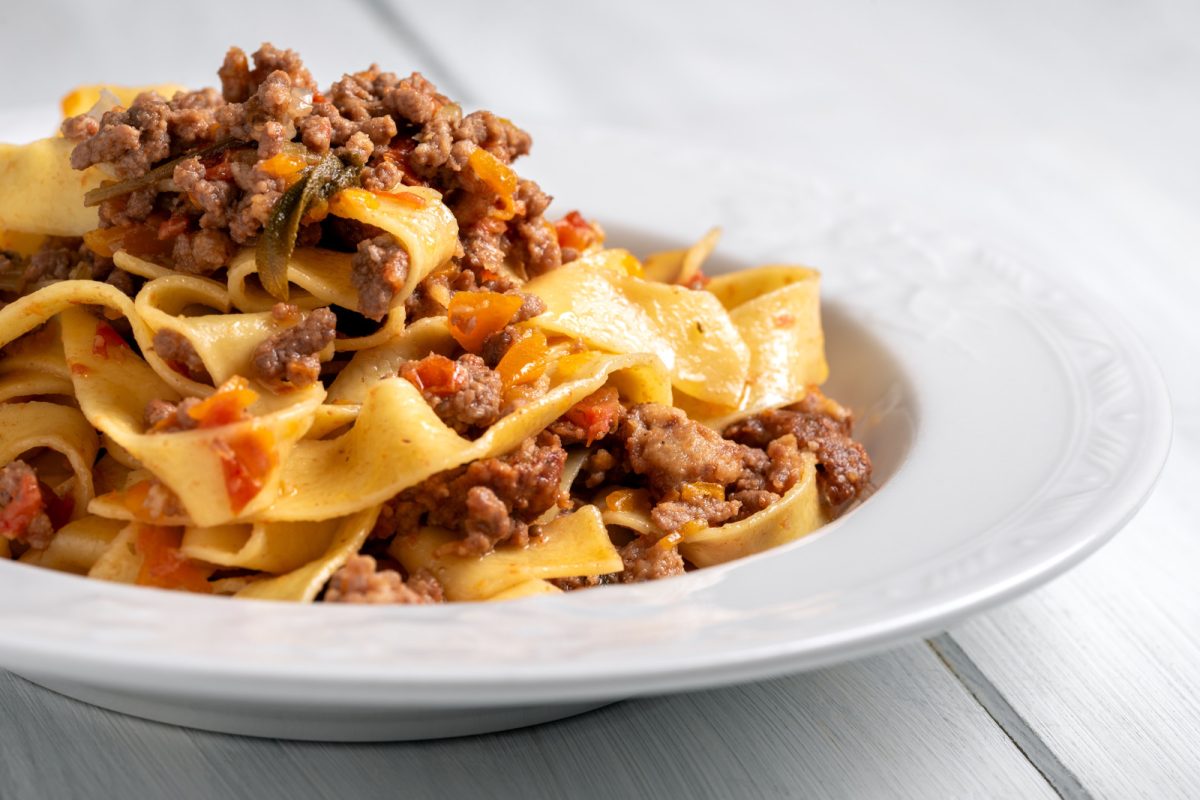
Bologna’s nickname “La Grassa” (the fat one) is well-earned. The city is famous for its rich, hearty dishes that will make your taste buds dance.
Tagliatelle al ragù is a must-try – flat pasta ribbons served with a meaty Bolognese sauce. It’s nothing like the spaghetti bolognese you might know from back home!
Mortadella, the ancestor of bologna sausage, originated here. Try it thinly sliced on crusty bread. Parmigiano Reggiano, the king of cheeses, comes from the surrounding Emilia-Romagna region. Many restaurants offer tasting plates so you can sample different ages.
For a hands-on experience, sign up for a pasta-making class. You’ll learn to roll out silky egg pasta sheets and shape them into tortellini. Classes usually cost €80-100 per person.
Tuscan Flavors of Florence
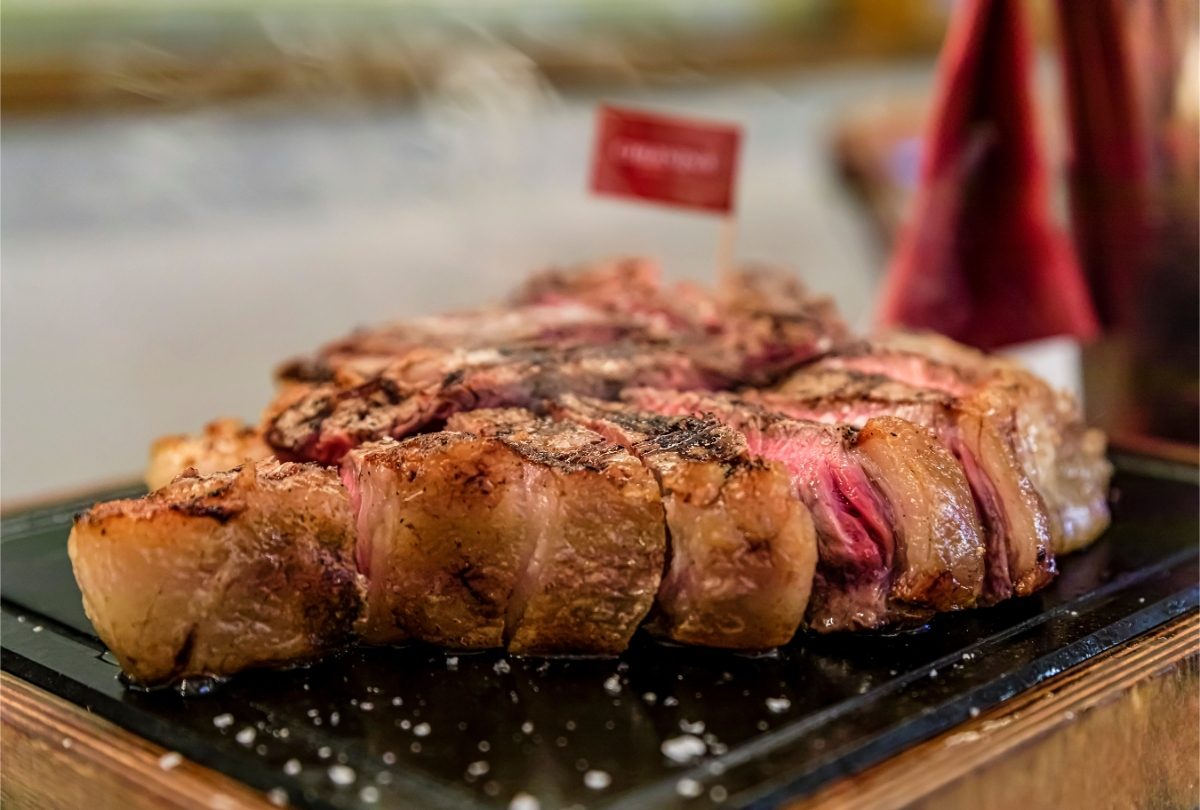
Florence’s cuisine is all about simple, high-quality ingredients. The show’s star is bistecca alla Fiorentina – a massive T-bone steak grilled over wood coals.
It’s priced by weight and can easily feed two people. Expect to pay around €50-60 for a good one.
Tuscan wines are world-famous, especially Chianti. Many enotecas (wine bars) offer tastings where you can sample different varieties. Pair your wine with some local pecorino cheese and salami.
Don’t forget gelato! Florence claims to be its birthplace. Skip the touristy shops with mountains of brightly colored gelato.
Look for places using seasonal ingredients and natural colors. A small cone will cost about €3-4.
In spring and fall, look out for dishes featuring fresh truffles from the Tuscan countryside. They’re not cheap, but the earthy aroma is unforgettable.
Shopping and Markets
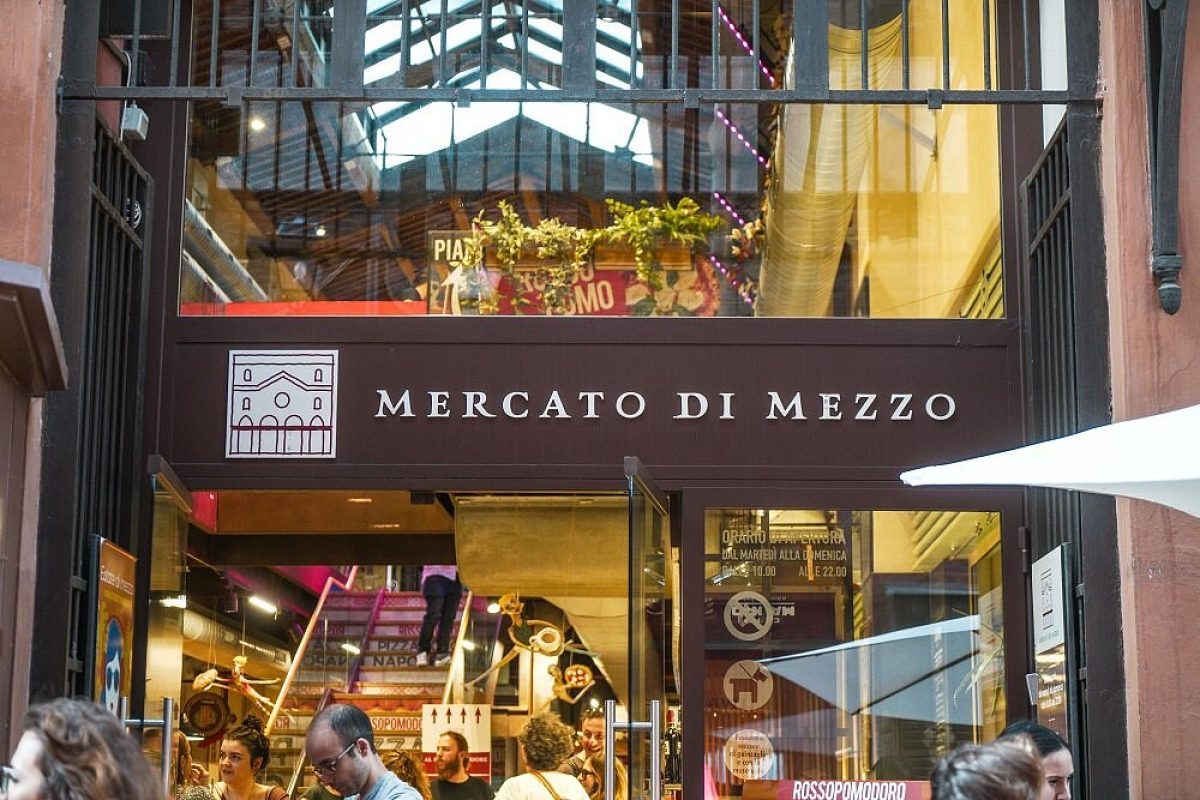
Bologna and Florence both offer unique shopping experiences. From bustling markets to high-end boutiques, these Italian cities cater to all tastes and budgets.
Bologna’s Bustling Bazaars
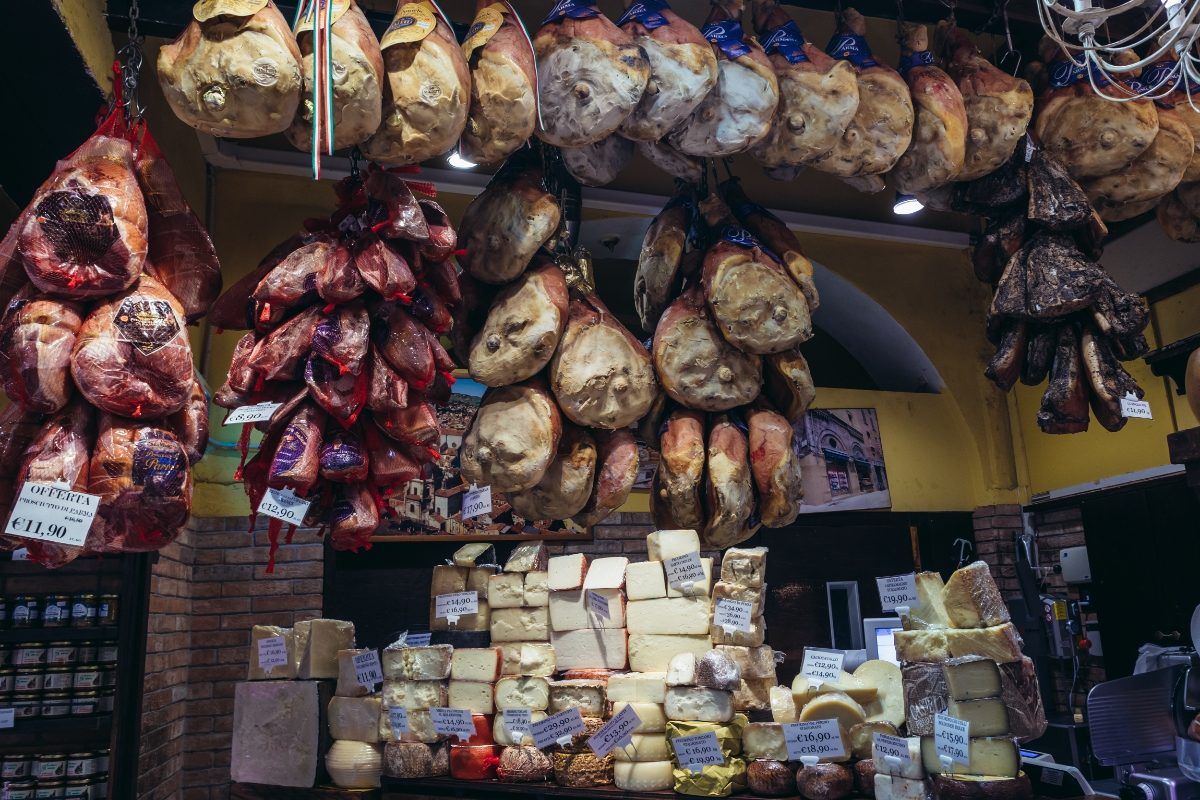
The heart of Bologna’s shopping scene is the Quadrilatero. This maze of narrow streets is packed with food stalls and artisan shops, where you can find everything from fresh pasta to handmade leather goods.
Mercato di Mezzo is a must-visit. This indoor market has three floors of food vendors. It’s perfect for grabbing a quick bite or picking up local specialties.
Don’t miss Mercato delle Erbe. It’s the city’s oldest market and a great spot for fresh produce. The market also has small restaurants where you can sample local dishes.
Via d’Azeglio is Bologna’s main shopping street. It is lined with Italian and international brands; clothing, shoes, and accessories are available here.
Chic Boutiques of Florence
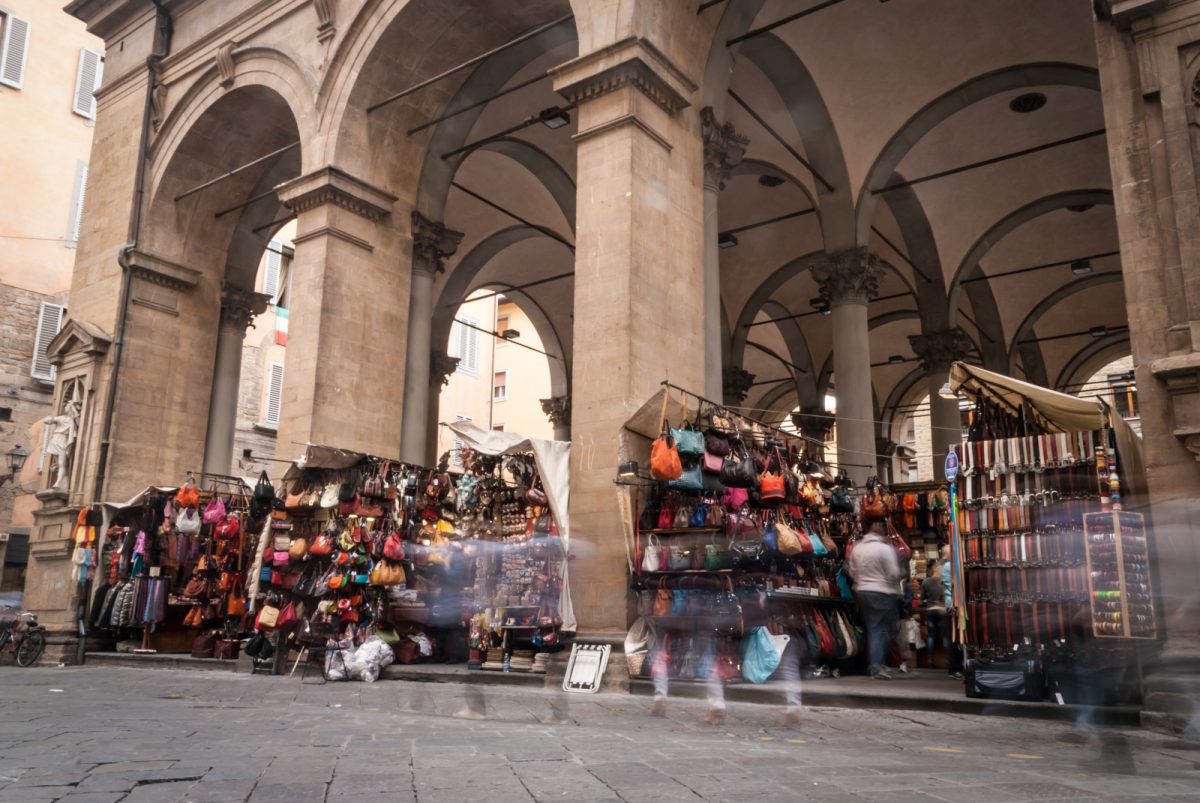
Florence is a shopper’s paradise, especially for fashion lovers. The city is home to many high-end Italian brands.
The San Lorenzo Market is a favorite among tourists. The outdoor section sells leather goods, souvenirs, and clothing. Inside, the Mercato Centrale is a food lover’s dream.
For luxury shopping, head to Via de Tornabuoni. This elegant street is lined with designer boutiques, where you can find brands like Gucci, Prada, and Ferragamo.
The Oltrarno area is great for unique finds. It’s full of small workshops where artisans make everything from jewelry to paper goods. Prices here are often lower than in the city center.
See Related: Where to Stay in Italy with Kids: Top Family-Friendly Destinations for Unforgettable Memories
Leisure and Activities
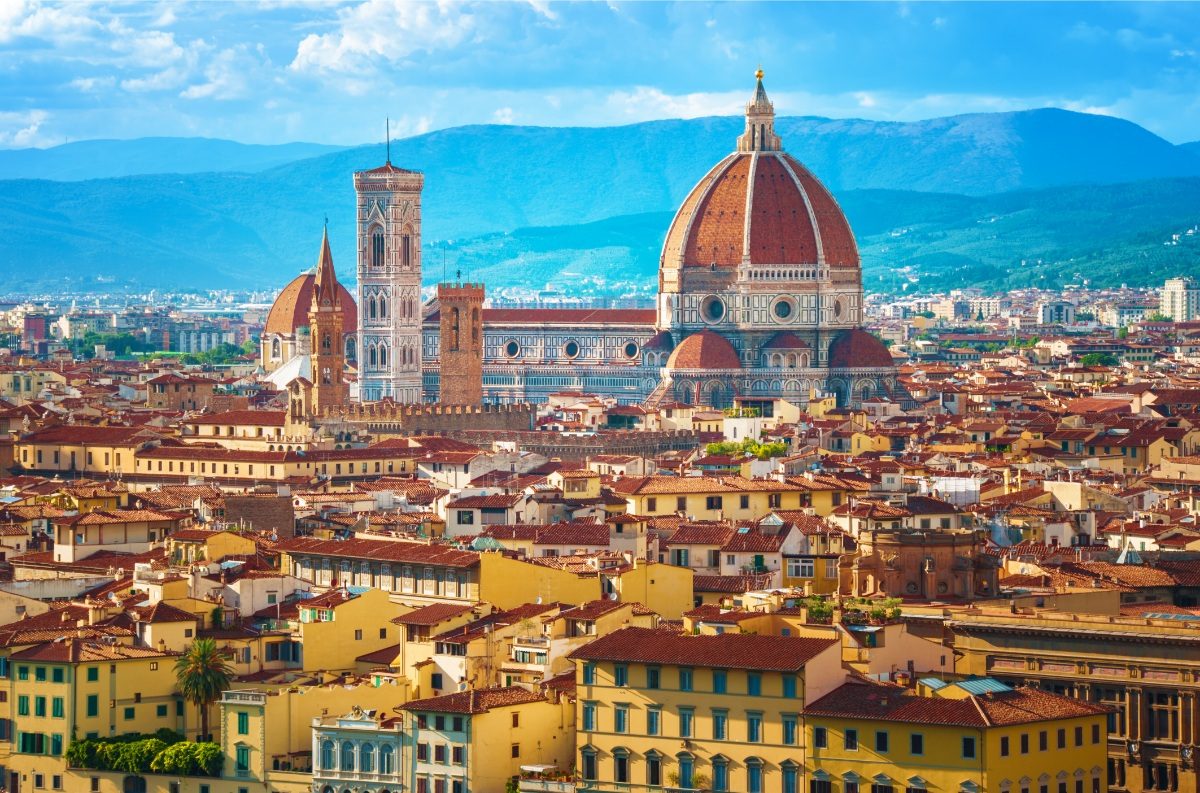
Bologna and Florence offer diverse options for fun and entertainment. Both cities provide unique experiences that cater to various interests and age groups.
Cultural Pursuits in Bologna
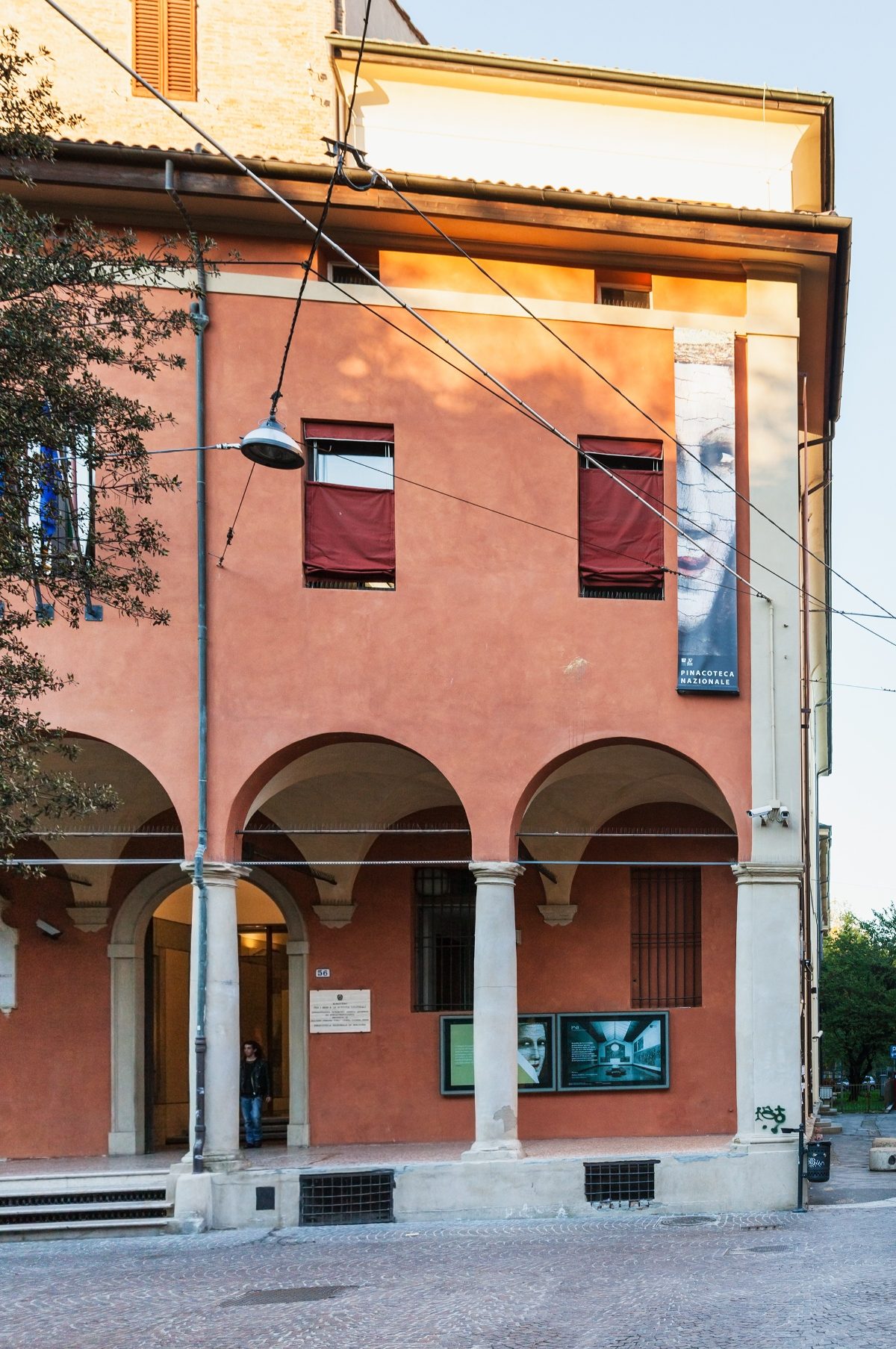
Bologna’s cultural scene is rich and vibrant. The city boasts numerous museums that showcase its history and art.
The Museo della Storia di Bologna is a must-visit for history buffs. It features interactive exhibits that bring the city’s past to life.
Art lovers will enjoy the Pinacoteca Nazionale di Bologna, which houses works by famous Italian painters like Raphael and Carracci. Catch a performance at the Teatro Comunale di Bologna for a musical treat.
Bologna’s lively nightlife centers around Piazza Maggiore. This square comes alive in the evenings with street performers and outdoor cafes. It’s the perfect spot to people-watch and soak up the local atmosphere.
Day trips from Bologna are easy and rewarding. Ravenna, just an hour away, is famous for its stunning Byzantine mosaics. The town of Parma, known for its cheese and ham, makes another great excursion.
Active Adventures in Florence
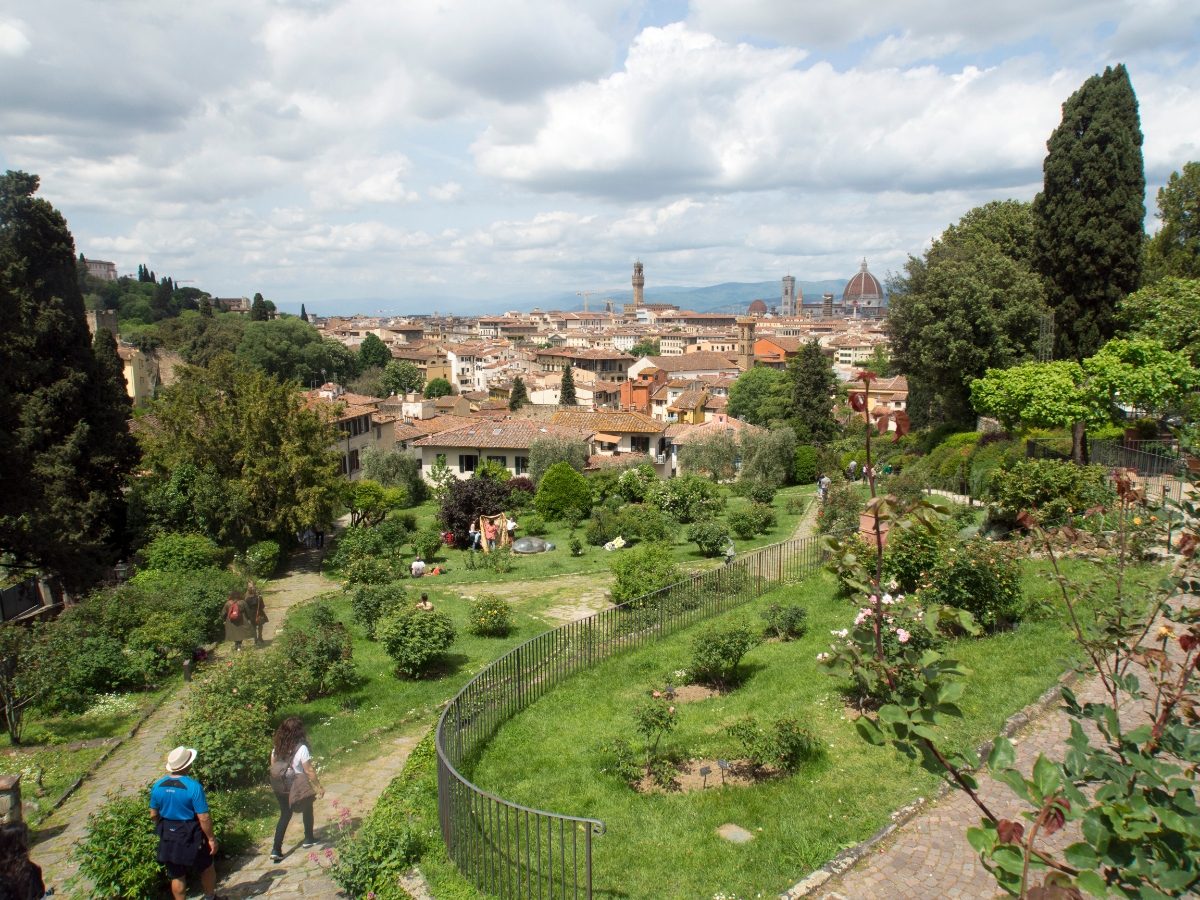
Florence offers plenty of outdoor activities for the active traveler. The Boboli Gardens, a Renaissance garden featuring sculptures, fountains, and great city views, provide a beautiful setting for a stroll or picnic.
Climb to the top of the Duomo for a unique perspective. The 463-step ascent is worth it for the panoramic vistas of Florence and the surrounding Tuscan hills.
Biking is a popular way to explore Florence and its outskirts. You can join a guided bike tour to discover hidden gems and scenic routes.
Florence is also a great base for family-friendly day trips. The medieval town of Siena is just an hour away by bus or train. Kids will love exploring its winding streets and climbing the Torre del Mangia.
For a change of pace, visit the Giardino dell’Iris. This botanic garden specializes in irises and offers a peaceful retreat from the busy city center.
Travel and Accommodation
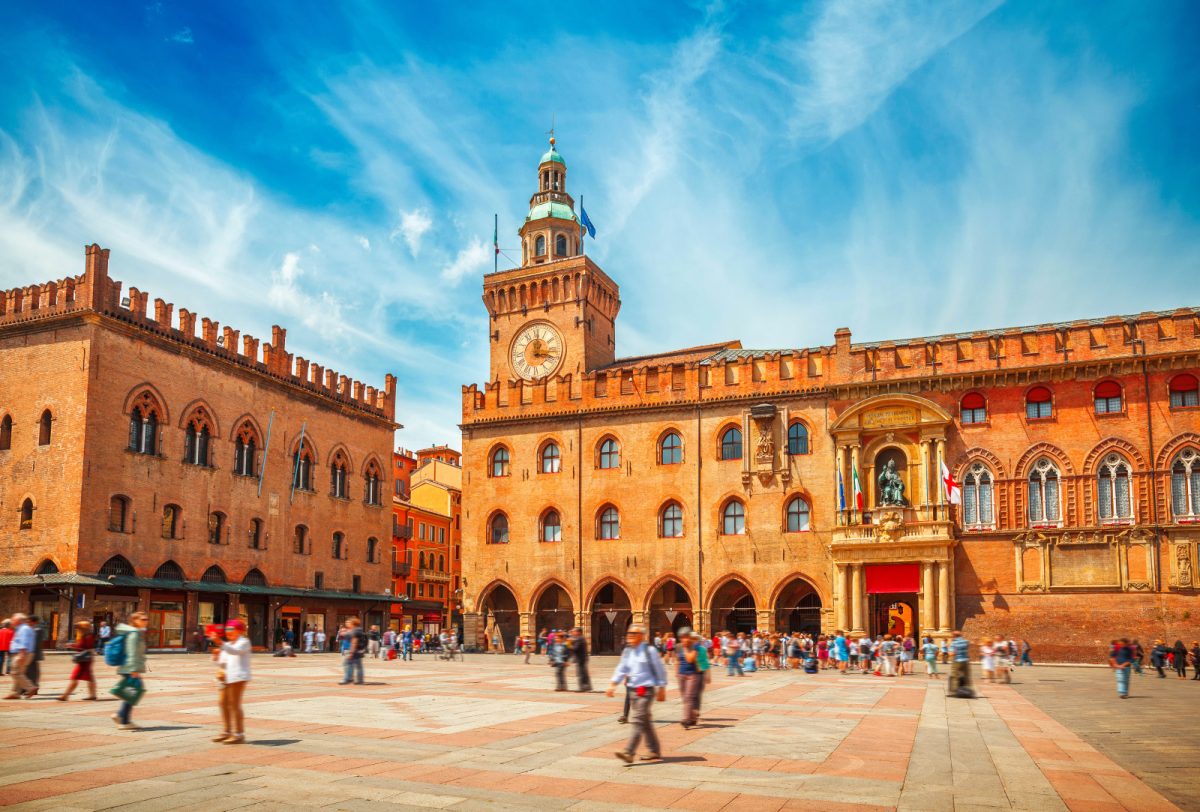
Bologna and Florence both offer unique experiences for travelers. Each city has its charm regarding places to stay and get around.
Staying in Bologna
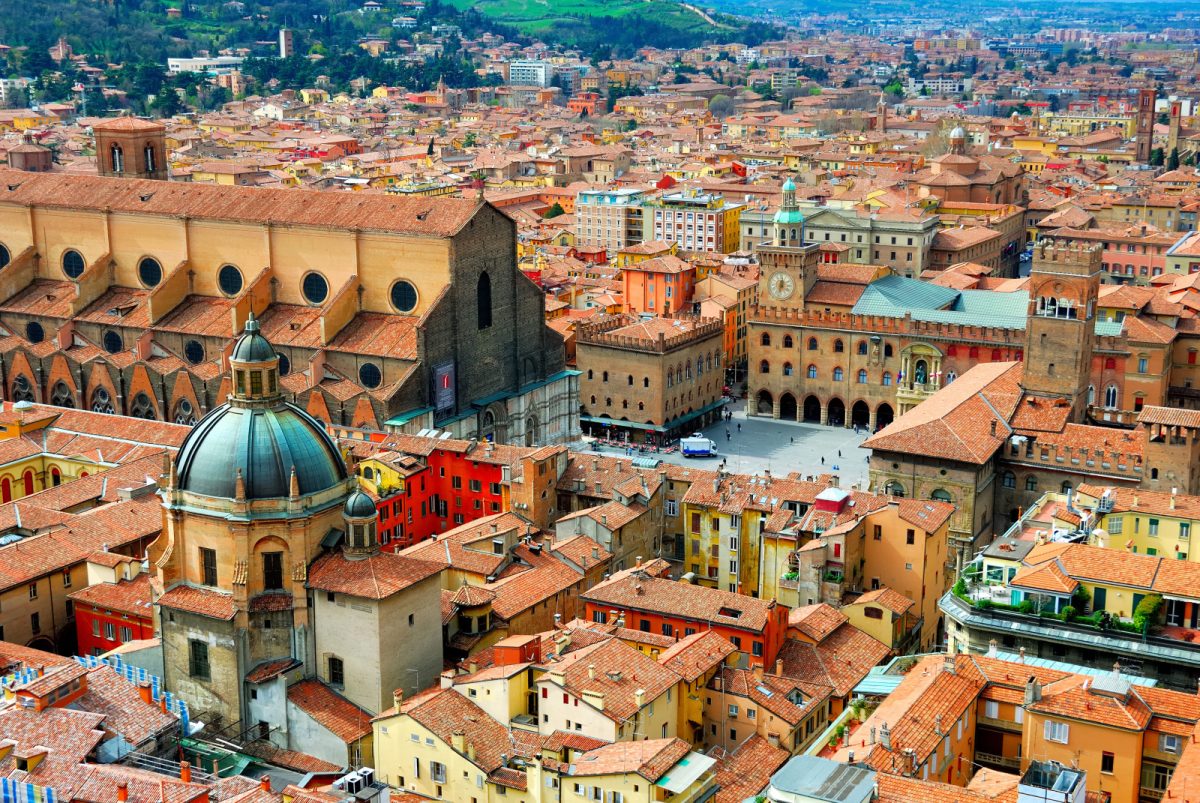
Bologna has some great places to rest your head. There are plenty of hotels near the main square, Piazza Maggiore.
These range from fancy places to budget-friendly options. Prices can vary from about €70 to €200 per night, depending on when you visit.
Getting around Bologna is a breeze. The city center is compact and walkable.
You can stroll under the famous porticoes that line many streets. Buses are cheap and easy to use if you need to go further. A single ticket costs around €1.50.
Bologna tends to be less crowded than Florence. This means you might have an easier time booking rooms, especially during peak season. It’s also a good base for day trips to other Italian cities like Venice or Pisa.
Finding a Florentine Retreat
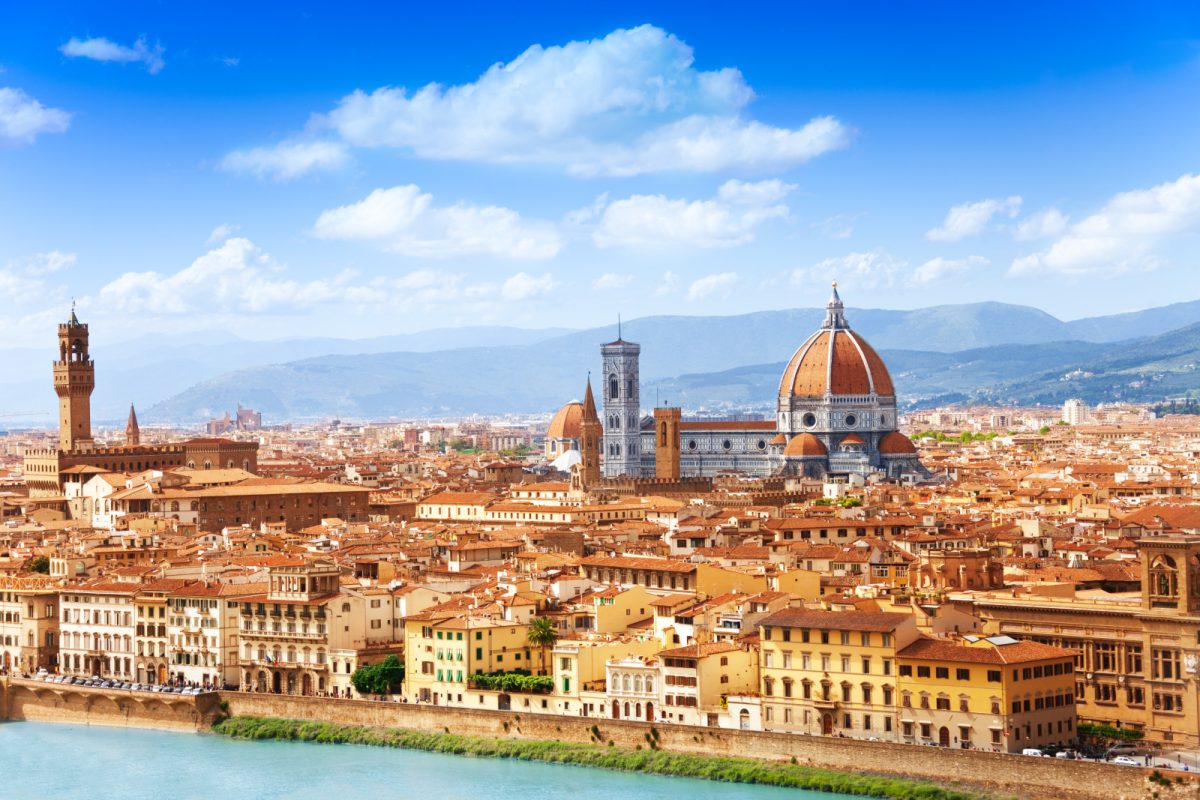
Florence has amazing places, from luxury hotels overlooking the Arno River to cozy B&Bs in historic buildings. Expect to pay more here, with prices ranging from €100 to €300+ per night.
The city is very walkable, with most major sights close together. But it can get crowded, especially in summer. Book a hotel in Italy early to avoid disappointment.
Florence has a small but efficient bus network. You can also use trams for longer trips. A single ticket valid for 90 minutes costs about €1.50.
Florence is often busier than Bologna. This means more tourist crowds and more accommodation options. It’s an ideal base for exploring Tuscany, with easy trips to places like Siena or the Chianti wine region.
See Related: Puglia vs Sicily: What’s Best to Visit?
Frequently Asked Questions
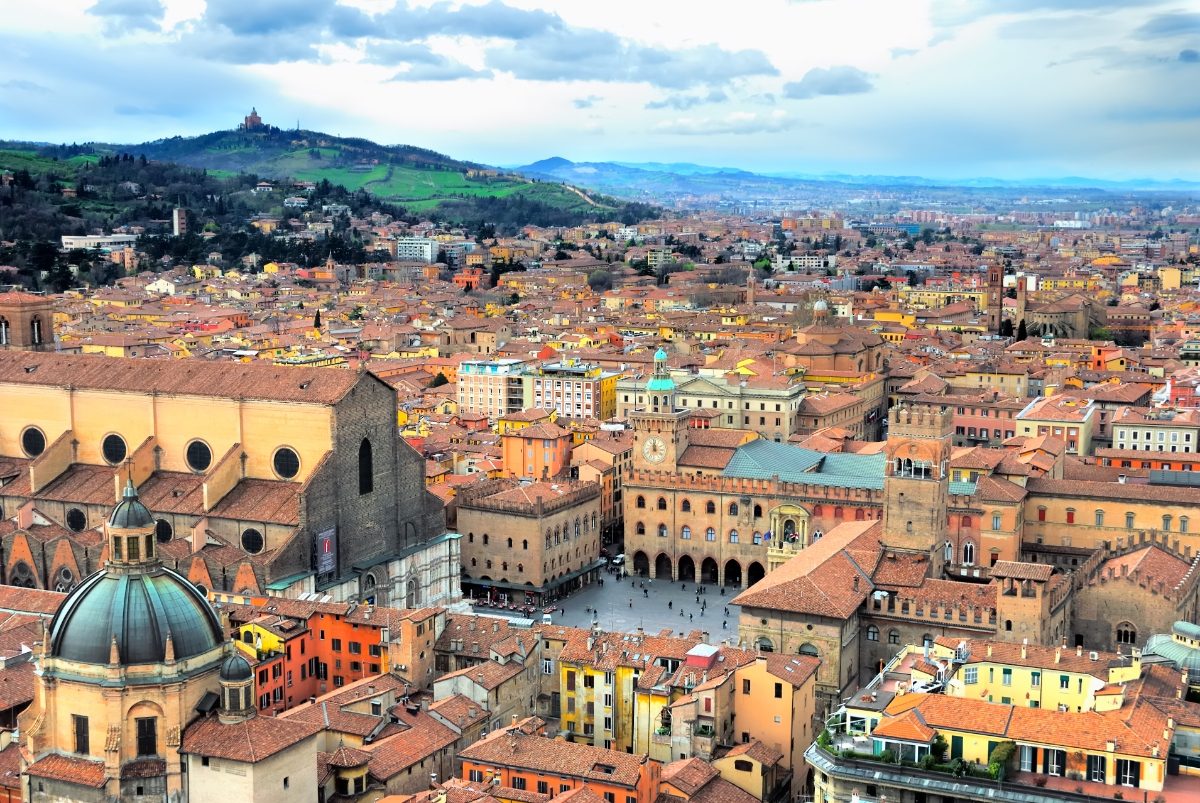
Bologna and Florence are two Italy’s most captivating cities, each with unique charm and offerings. Let’s explore some common questions travelers have when deciding between these enticing destinations.
What are the main differences between living in Bologna and Florence?
Bologna is known as Italy’s food capital and has a more laid-back vibe. It’s less touristy than Florence and has lower costs of living.
Florence is a major art hub with world-famous museums and attractions. It’s pricier but offers more job opportunities in tourism and hospitality.
Which city offers a better experience for studying abroad, Bologna or Florence?
Bologna is home to Europe’s oldest university and has a vibrant student scene. It’s great for those studying history, law, or sciences.
Florence is ideal for art and fashion students. Both cities offer Italian language courses, but Bologna might be better for language immersion because it has fewer tourists.
Can someone share insights on traveling with children to either Florence or Bologna?
Florence has more kid-friendly museums and attractions like the Leonardo da Vinci Museum. Bologna’s parks and gelaterias are great for families. Both cities have pedestrian-friendly centers, but Bologna’s porticoes provide shelter on rainy days.
What travel options are available from Bologna to Florence, and how do they compare?
The high-speed train is the fastest option, taking about 35 minutes and costing around €20-40. Regional trains are cheaper (€10-15) but take 1.5 hours.
Buses are the most budget-friendly at €5-10 but take 1.5-2 hours. Driving takes about 1.5 hours, but parking can be tricky in both cities.
As a tourist, should I prioritize visiting Bologna or Florence? What unique qualities does each city offer?
Florence is a must-see for art lovers, with the Uffizi Gallery and Michelangelo’s David. Bologna offers a more authentic Italian experience with fewer crowds.
It’s known for its food scene, medieval towers, and Europe’s oldest university. Florence has more iconic sights, while Bologna is great for foodies and off-the-beaten-path explorers.
How do the costs of visiting or living in Bologna compare to those in Florence?
Bologna is generally cheaper than Florence. In Bologna, a meal in a mid-range restaurant might cost €20-25, while in Florence, it could be €30-35.
Hotel rooms in Bologna average €80-120 per night, compared to €100-150 in Florence. Rental prices are also lower in Bologna, with a one-bedroom apartment costing around €600-800 monthly, versus €800-1000 in Florence.

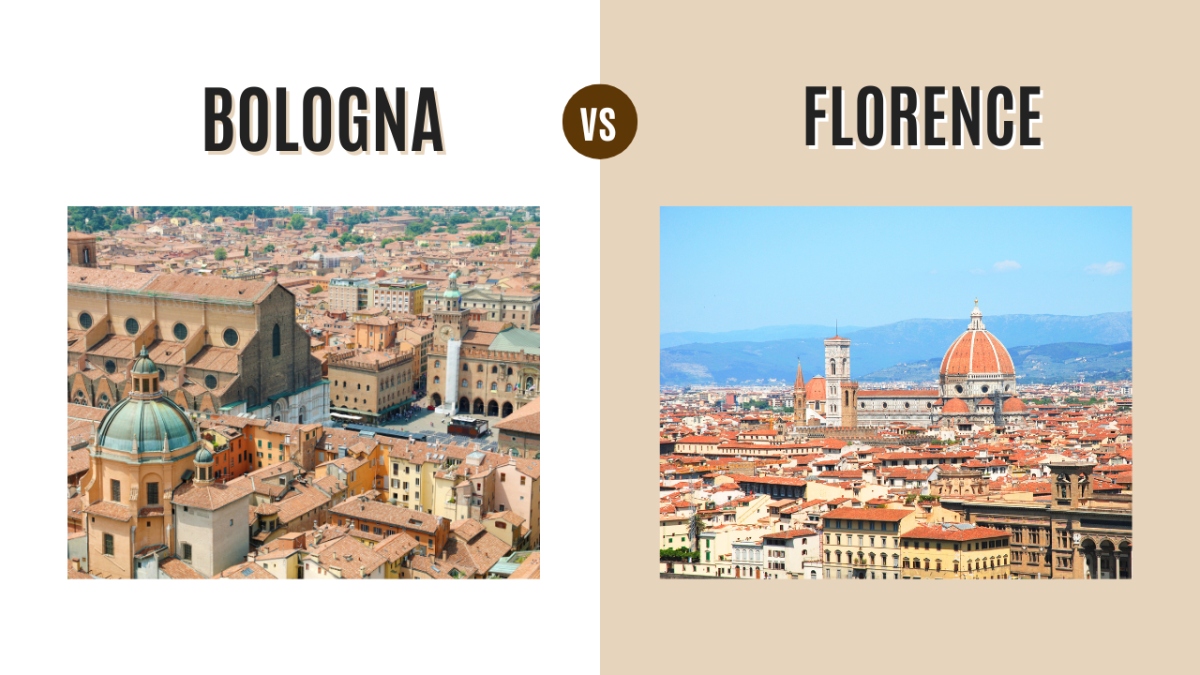
0 Comment